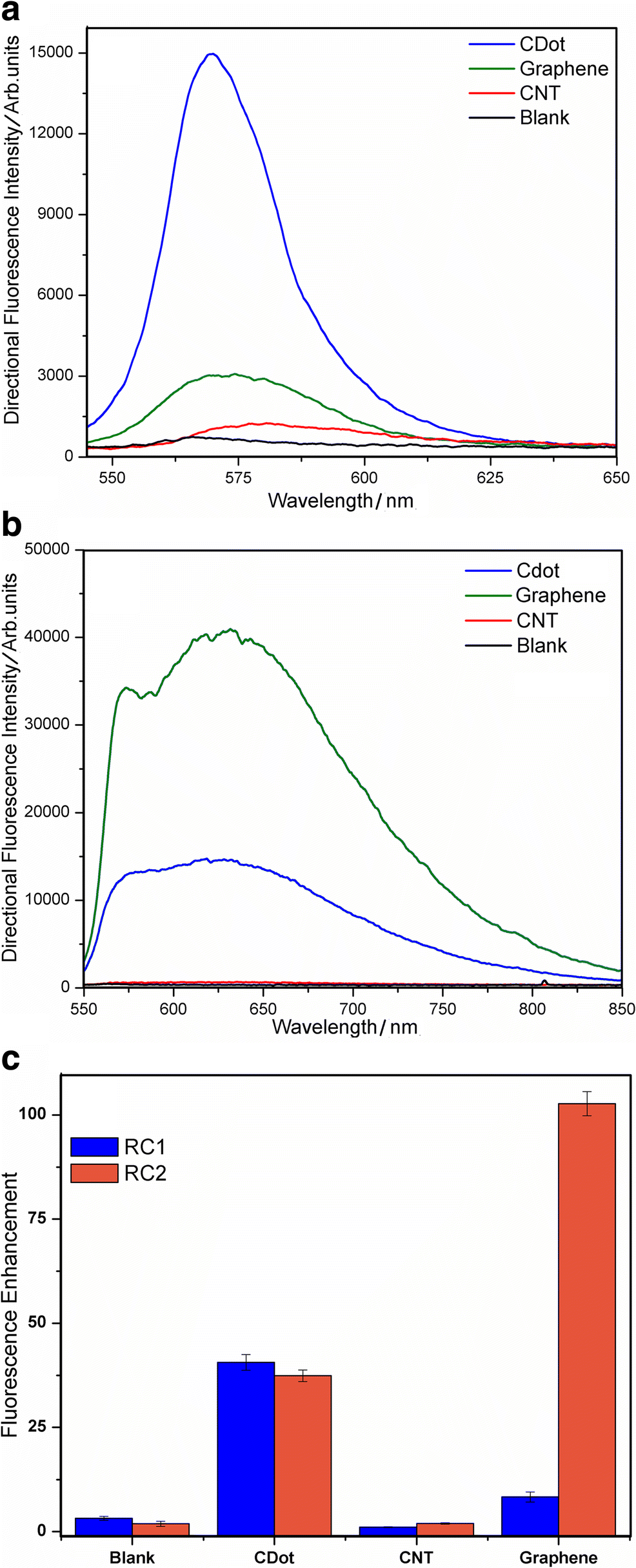Surface plasmon-based techniques have gained momentum in the last decade due to their ability to improve inherent drawbacks of conventional fluorescence. In Surface plasmon-coupled emission (SPCE), the fluorophore of interest is dispersed within a polymer that is spin coated on to a silver thin film substrate. The fluorophore is then irradiated with the corresponding excitation source either in Kretschmann or reverse Kretschmann configuration resulting in coupling of fluorescence with the silver surface plasmons leading to a directional, polarized, and enhanced emission. Another recent advancement utilizes metal-dielectric-metal (MDM) substrates. We have reported the use of the spacer and cavity engineering in MDM on plastic substrates for fluorescent signal enhancement. We have shown the use of MDM to estimate protein concentrations and enhance the fluorescence intensity using different spacers. In addition, the MDM substrates are prepared using a biocompatible polymer material (polymethyl methacrylate, PMMA or plexiglass) providing low-cost options for such technologies.
Reference: https://link.springer.com/article/10.1007/s11468-018-0851-y

